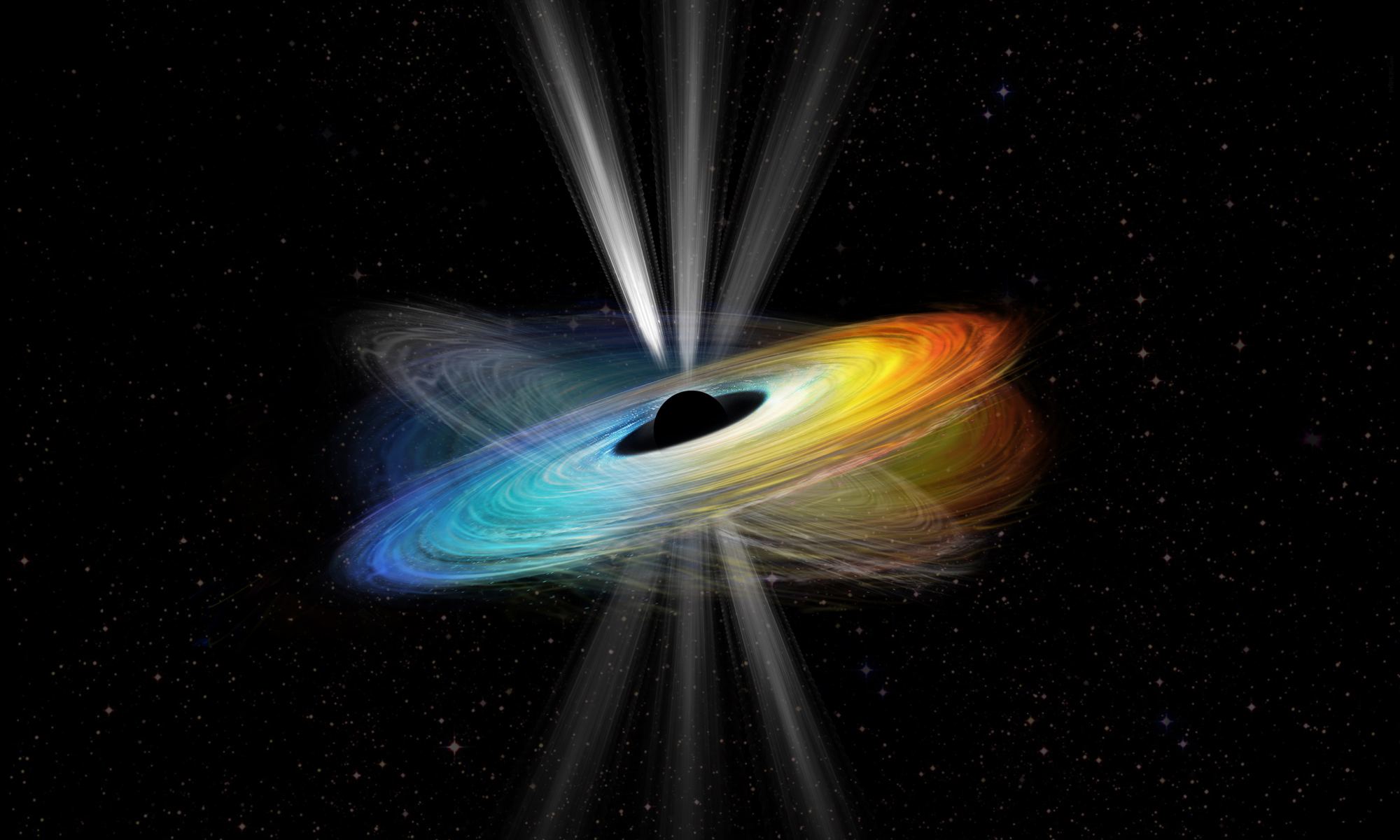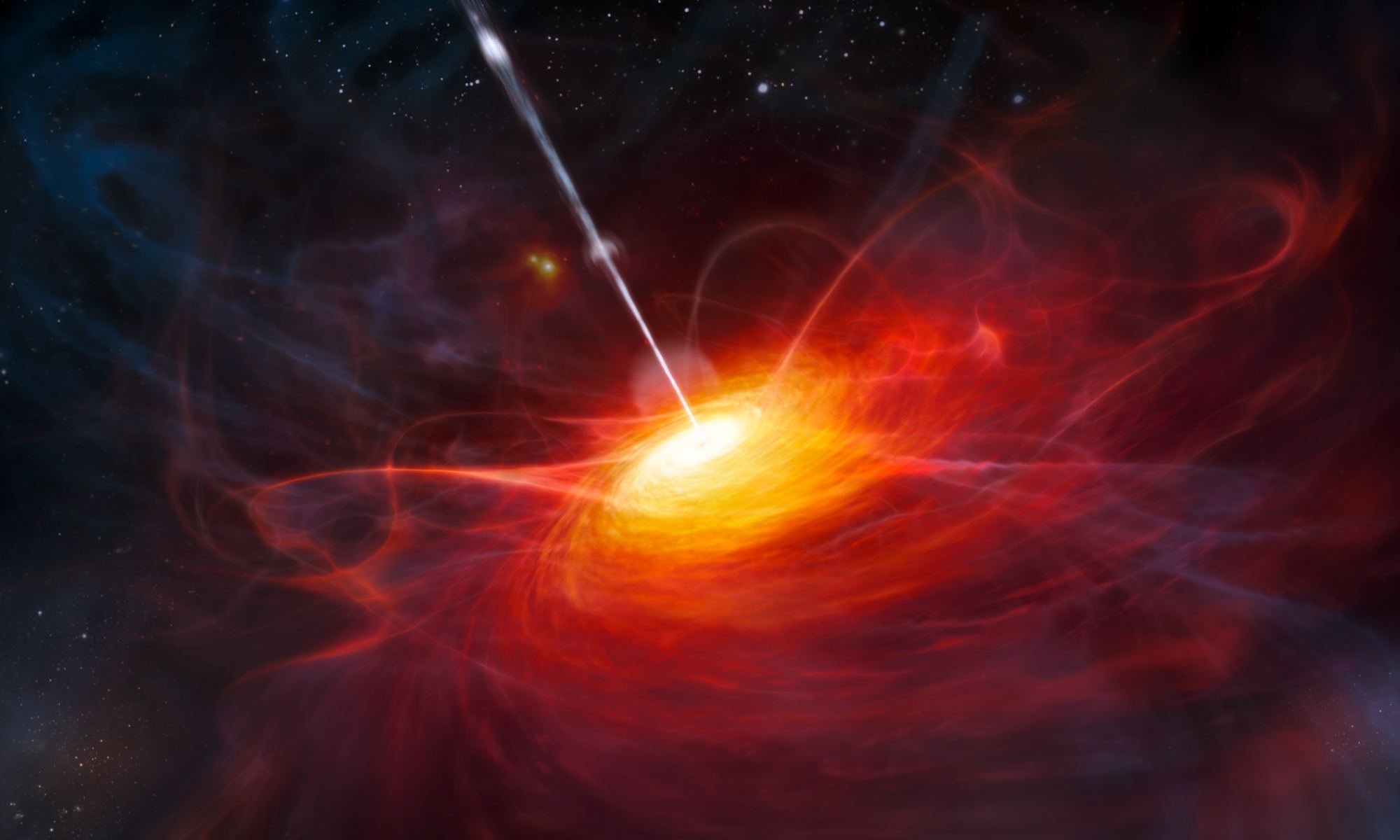The gravitational field of a rotating black hole is powerful and strange. It is so powerful that it warps space and time back upon itself, and it is so strange that even simple concepts such as motion and rotation are turned on their heads. Understanding how these concepts play out is challenging, but they help astronomers understand how black holes generate such tremendous energy. Take, for example, the concept of frame dragging.
Continue reading “Another Way to Extract Energy From Black Holes?”It's Confirmed. M87's Black Hole is Actually Spinning

Fifty-five million light-years away, in the galaxy known as M87, lies a supermassive black hole. It is a powerfully active black hole with a mass of 6.5 billion Suns, and in 2019 it was the first black hole to be imaged directly. The radio image captured by the Event Horizon Telescope (EHT) shows a halo of ambient light warped by the black hole’s gravity and directed our way. On one side of the halo, the light is brighter, which according to general relativity is due to the rotation or spin of the black hole. It was the first direct confirmation that the black hole rotates. A new study published in Nature has given us more rotational evidence.
Continue reading “It's Confirmed. M87's Black Hole is Actually Spinning”Gluttonous Black Holes Eat Faster Than Thought. Does That Explain Quasars?

At the heart of large galaxies like our Milky Way, there resides a supermassive black hole (SMBH.) These behemoths draw stars, gas, and dust toward them with their irresistible gravitational pull. When they consume this material, there’s a bright flare of energy, the brightest of which are quasars.
While astrophysicists think that SMBHs eat too slowly to cause a particular type of quasar, new research suggests otherwise.
Continue reading “Gluttonous Black Holes Eat Faster Than Thought. Does That Explain Quasars?”
